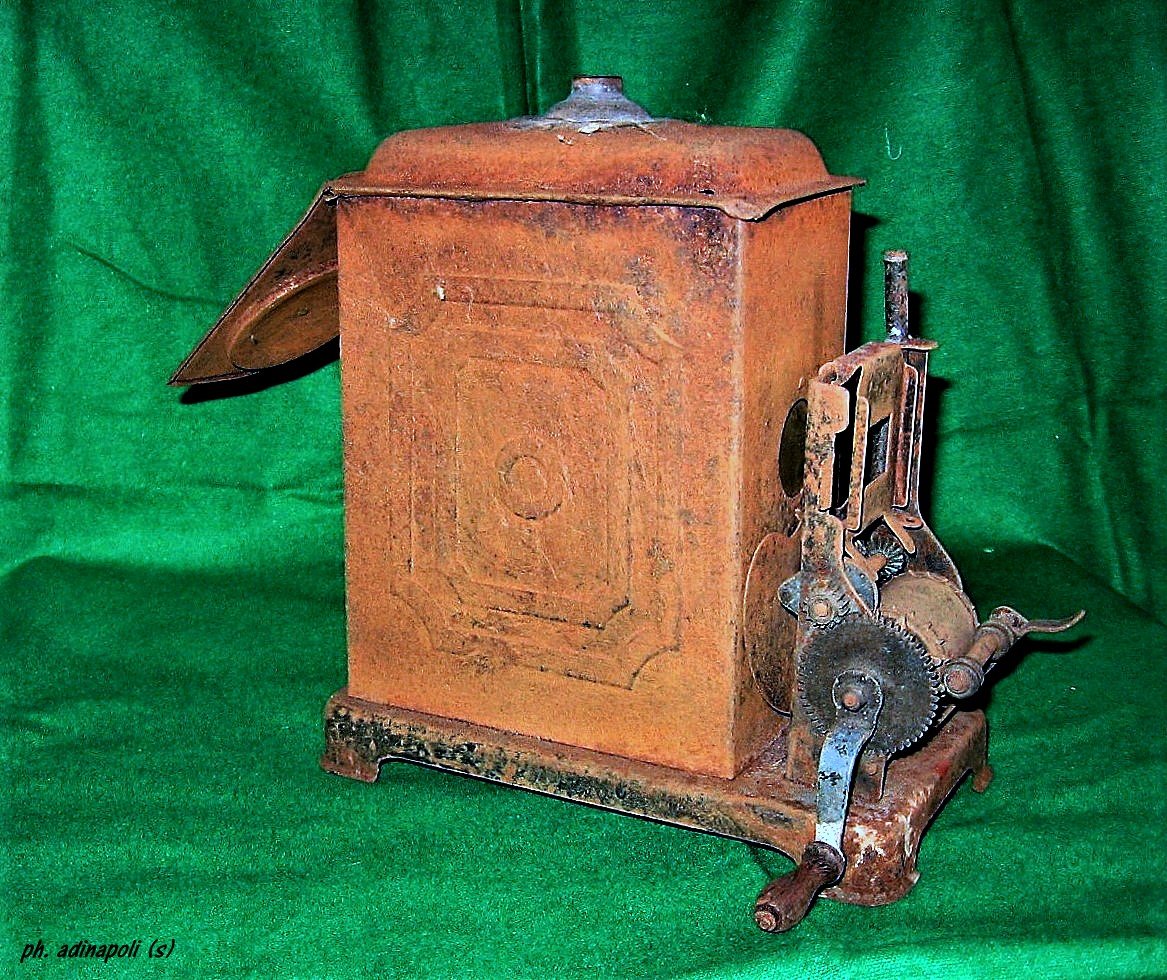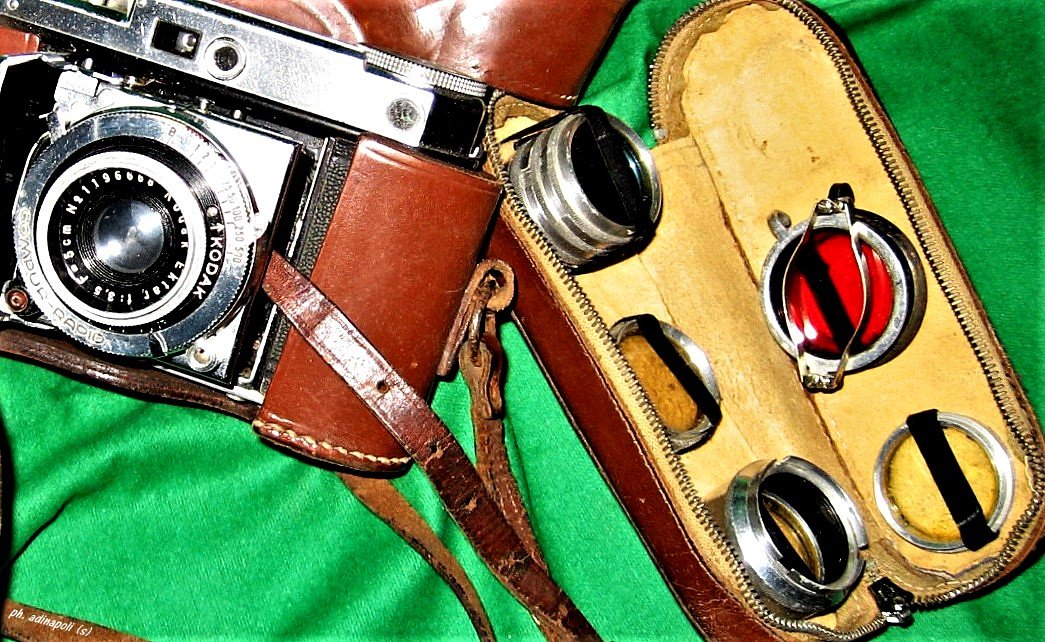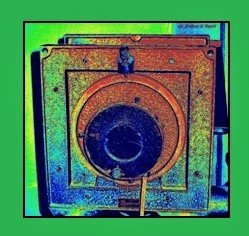
Le prime stampe fotografiche su un supporto cartaceo sono state prodotte per annerimento diretto. Il contatto diretto col negativo su lastra di vetro, infatti, impressionava la carta senza eseguire alcun procedimento di sviluppo chimico.
Nelle prime fotografie stampate con la tecnica ad uno strato della carta salata, l’immagine giaceva direttamente tra le fibre della cellulosa. Successivamente, sulla superficie della carta dei procedimenti di stampa argentici a due strati venne applicato un legante.

Per svolgere la funzione di legante tra i sali d’argento fotosensibili e le fibre della carta, in modo da conferire alle stampe fotografiche ad annerimento diretto maggiore contrasto e brillantezza, vennero utilizzati prima il collodio ed in seguito la gelatina, ma fu adoperata a lungo anche la sostanza proteica presente in quel che resta del bianco d’uovo montato a neve, ossia l’albumina.
Le antiche stampe all’albumina col tempo vanno incontro a particolari forme di deterioramento come l’ingiallimento e le “crettature”, che sono le minuscole “fessure” che si formano sulla superficie della fotografia. Inoltre, l'elegante supporto secondario, sul quale veniva applicata la sottilissima carta fotografica, spesso era un cartoncino di qualità scadente che ha contribuito ad accelerare il deterioramento delle fotografie. Le stampe all’albumina devono gran parte del loro successo alla diffusione del cosiddetto formato carte de visite (circa mm.60x90mm.) dal costo accessibile e dalle dimensioni ridotte.

Effettivamente, è vero che una prolungata esposizione rischia di compromettere la precaria stabilità delle immagini storiche e pertanto è comprensibile che gli originali restino salvaguardati in archivio, ma coloro che osservano una riproduzione vanno correttamente informati perché comprendano che in realtà le immagini di un'epoca lontana nel tempo costituiscono un “reperto” artistico ed una testimonianza documentaria.

Testo e fotografie di adinapoli (s)
Le fotografie sono di proprietà dell'autore
Eggs in the photos - like tagliatelle -
It may happen that the exhibit organizers sometimes say they exhibit the evocative photographs taken at the end of the nineteenth century, whereas in reality they are limited to presenting modern digital copies obtained probably from some reproduction. The less competent observers remain equally enchanted, while the connoisseurs remain deeply disappointed by products emptied of much of their meaning. The original material possesses the unmistakable obsolescence that only Time and History confer on objects, books and vintage photographic prints. The first photographic prints on a paper support have been produced by direct blackening. Direct contact with the negative glass plate, in fact, impressed the paper without carrying out any process of chemical development. In the first photographs printed with the technique on a layer of salt paper, the image lay directly between the fibers of the cellulose. Subsequently, a binder was applied to the paper surface of the two-layer silver printing processes. To make the binding function between the photosensitive silver salts and the paper fibers, in order to give the photographic prints with direct blackening greater contrast and brightness, the collodion and then the gelatine were used first, but it was used for a long time also the protein substance present in what is left of the egg whites whipped to the snow, that is the albumen. The ancient prints on the albumin over time undergo particular forms of deterioration such as yellowing and "craquelure", which are the tiny "cracks" that form on the surface of the photograph. Moreover, the elegant secondary support, on which the thin photographic paper was applied, was often a paper of poor quality that helped to speed up the deterioration of the photographs. The albumin prints owe much of their success to the diffusion of the so-called carte de visite format (about mm.60x90mm.) with an accessible cost and reduced dimensions. Indeed, it is true that prolonged exposure risks compromising the precarious stability of the images historical and therefore it is understandable that the originals remain safeguarded in the archive, but those who observe a reproduction must be properly informed because they understand that in reality the images of an era distant in time constitute an artistic "find" and a documentary testimony. (Text and photographs of adinapoli)
